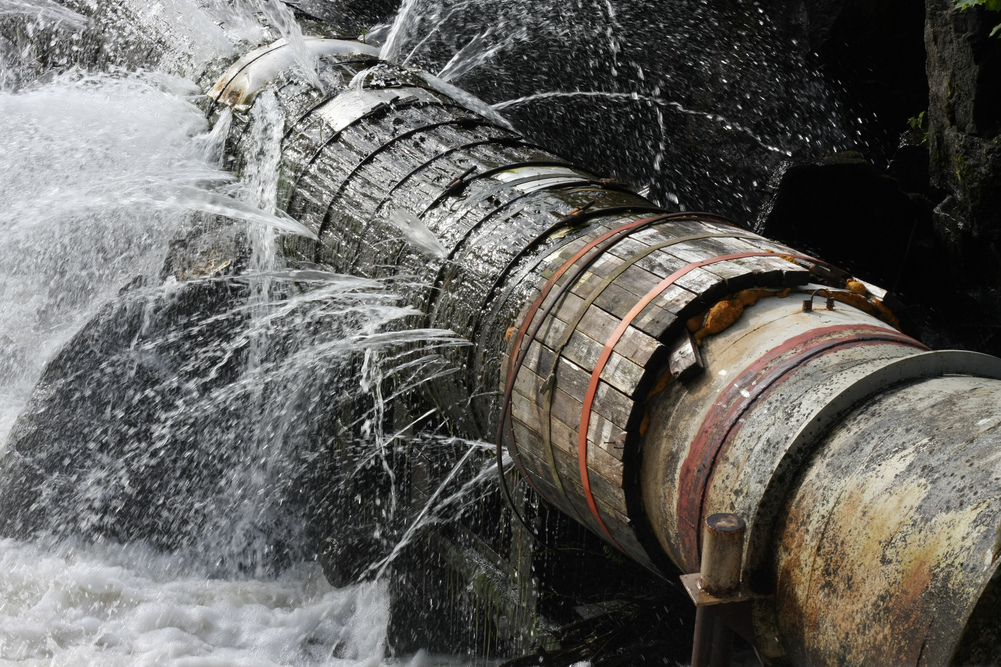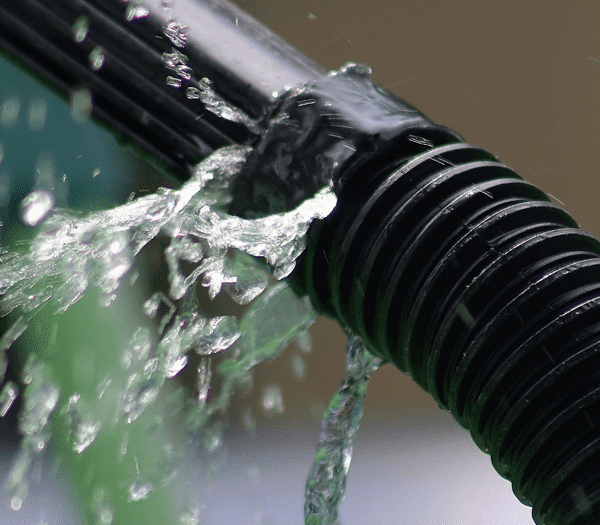Spotting and Efficiently Fixing a Burst Pipe: A Practical Guide
Spotting and Efficiently Fixing a Burst Pipe: A Practical Guide
Blog Article
What are your opinions about What to Know Before Installing a Dishwasher?

A ruptured pipe is a significant emergency; you can just stand as you see water you pay very much to rejoin with the planet. In even worse cases, you observe a pool on your kitchen floor, which is a fantastic journey threat, especially if you have kids around. If the pipeline that ruptured remained in your walls, bad news: you may require to repaint that entire area.
Just how can a calamity like a ruptured pipeline be avoided as well as managed? Well, by listening to your expert emergency plumbings as well as following these guidelines.
Just how do I know when my pipes have ruptured?
Fluctuating water pressures
Pipelines do not just burst in a day. You might have noticed that your kitchen area faucet or shower does not run quickly when you transform the faucet. It may stop for a few secs and afterwards blast you with even more force than typical.
In other instances, the water might appear regular in the beginning, after that decrease in stress after a couple of seconds.
Polluted water
Lots of people presume a burst pipeline is a one-way electrical outlet. Quite the contrary. As water drains of the hole or laceration in your plumbing system, impurities find their way in.
Your water may be polluted from the source, so if you can, examine if your water tank has any kind of problems. However, if your drinking water is supplied and purified by the local government, you ought to call your plumber instantly if you see or scent anything funny in your water.
Puddles under pipes and also sinks
When a pipeline bursts, the outflow develops a puddle. It might appear that the puddle is expanding in dimension, and also no matter the number of times you mop the pool, in a couple of minutes, there's one more one waiting to be cleansed. Often, you might not be able to trace the puddle to any type of noticeable pipes. This is an indicator to call a professional plumber.
Damp wall surfaces and also water discolorations
Prior to a pipe bursts, it will certainly leakage, a lot of times. If this consistent dripping goes unnoticed, the leakage may graduate right into a vast laceration in your pipe. One easy method to prevent this emergency is to look out for wet wall surfaces ad water stains. These water discolorations will certainly lead you right to the leak.
Untraceable trickling noises
Pipeline bursts can take place in one of the most undesirable locations, like within concrete, inside walls, or under sinks. When your house goes silent, you might be able to hear an irritatingly persistent dripping noise. Even after you've checked your shower head and kitchen area tap, the leaking might proceed.
Precious viewers, the dripping might be originating from a pipeline inside your wall surfaces. There isn't much you can do about that, other than inform a specialist plumber.
Show up the Heat
Set up fans to blow warm right into cool rooms. Keep the garage door shut. If you have decreased water flow, warm the most prone pipes (normally in cellars and crawl spaces or near outside wall surfaces) with a hair dryer. Leave the tap on while you use heat. As you melt ice, the circulation will certainly enhance. To avoid pipes from freezing, shield your walls.
Start Removing the Water
Get the wipe, pails and a shop vacuum cleaner to start to do away with the water because you absolutely don't want it saturating right into everything else in your home. And also, a quick tidy up will reduce the opportunities of something obtaining moldy.
What do I do when I detect a burst pipeline?
Your water meter will certainly remain to run even while your water wastes. To reduce your losses, discover the main controls as well as transform the supply off. The water mains are an above-ground structure at the edge of your building.
How to Fix & Detect a Leaking Pipe
How Do I Know if a Pipe is Leaking?
Leak detection tests can help you determine if your pipe has a leak. Even if you don’t see an apparent leak, you should still conduct leak detection tests regularly to save water and money—and prevent major damage to your home.
Water meter. It can be helpful to figure out what your usual water meter usage numbers are and then monitor them regularly. To monitor your meter, first, turn off all water faucets in your home. Check the meter and write down the numbers. In a few hours, check the meter again. If the numbers have changed, you have a leak. Water gauge. Use a water gauge to test your water pressure. Your showerhead should produce a certain amount of water pressure based on its model and design. If the pressure is lower than it is supposed to be for that specific showerhead, your home likely has a leak. Puddles. Look inside your bathroom, laundry, and kitchen sink cabinets. Puddles around the cabinets or around toilets, tubs, showers, and washing machines indicate the presence of a leaking pipe. You may also notice loose tiles, peeling or flaking paint, or mold caused by water accumulation. Napkin test. Even if you don’t see any puddles, you may still have a leak. You can test for water leaks in the bathroom, laundry, and kitchen by wiping below-sink connections with a napkin, paper towel, or piece of toilet paper. If it becomes damp, you probably have a leaking pipe under the sink. Discolored walls. Walls that are discolored—usually with brown or yellow stains—or bulging might mean that they have been impacted by water damage caused by a leaking pipe. Smell. A leaky pipe will create sitting water, and over time, that water may develop a musty smell. If your home smells musty, but you can’t locate the source, it may be due to a leak. Steps for Fixing a Leaking Pipe
A leaky drain can be remedied by tightening the pipe base, replacing the drain seal, caulking the rim, and tightening the pipe nut. Similarly, a leaking toilet pipe can be treated by tightening the packing nut. You may also need to replace the valve. A leaky faucet may just need tightening or replacement of the washers. If that doesn’t work, consider replacing your faucet. If your pipe has a hole in it, you may want to use a pipe leak sealer or pipe leak tape. This quick fix for water pipe leaks can also temporarily fix a copper pipe leak. https://www.ahs.com/home-matters/quick-tips/how-to-tell-if-pipes-are-leaking/

Do you appreciate reading about What to Know Before Installing a Dishwasher? Try leaving a remark below. We will be glad to listen to your views about this blog. We are looking forward that you visit us again later on. You should take the opportunity to distribute this page if you appreciated it. I appreciate reading our article about How to Prepare for Your Dishwasher Installation.
Hot water issues? Connect now. Report this page